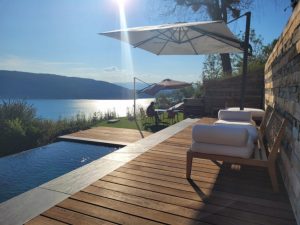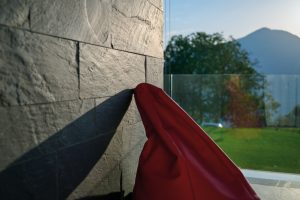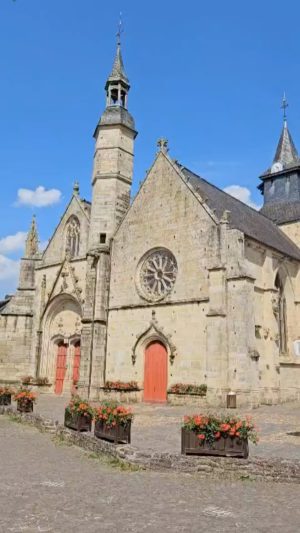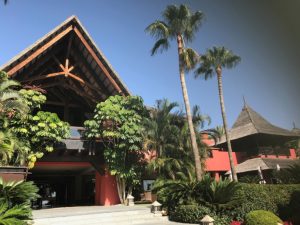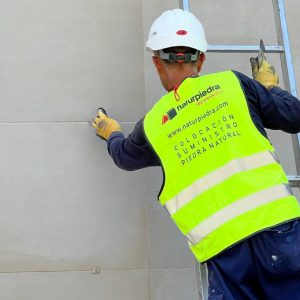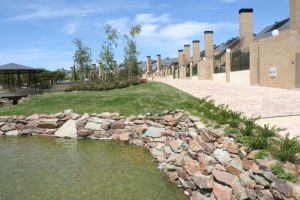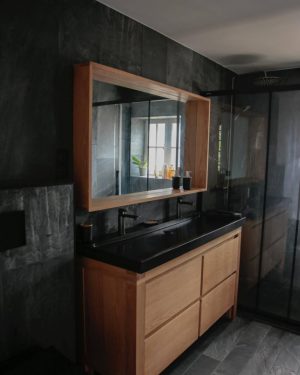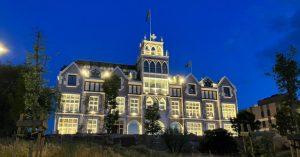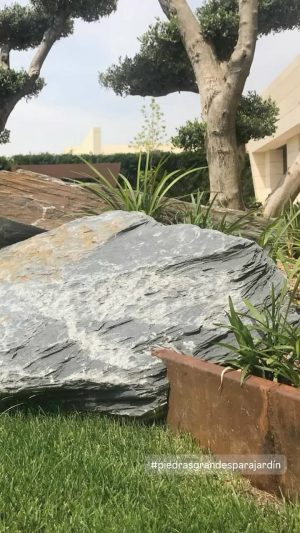
Phyllite for roofing Naturpiedra
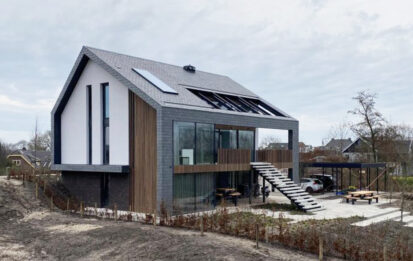
Phyllite Naturpiedra
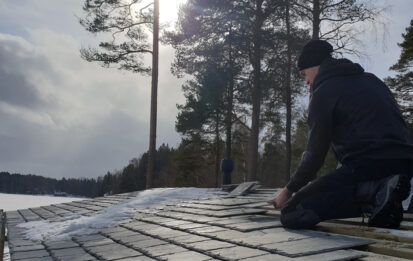
Phyllite for roofing Naturpiedra
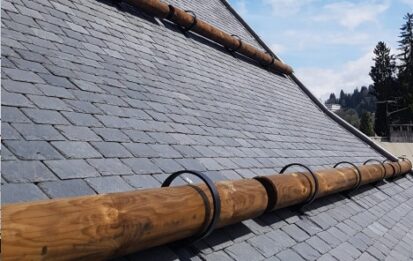
Phyllite for roofing Naturpiedra
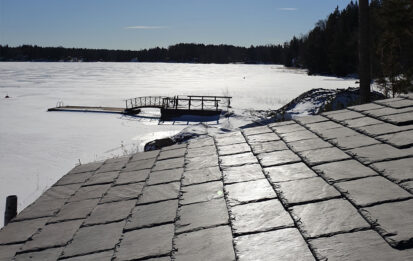
Phyllite for roofing Naturpiedra
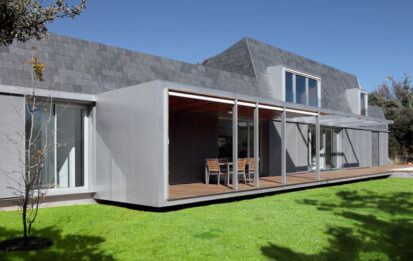
Phyllite Naturpiedra
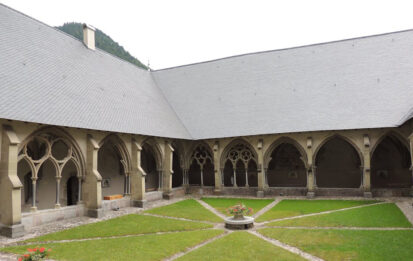
Phyllite for roofing Naturpiedra
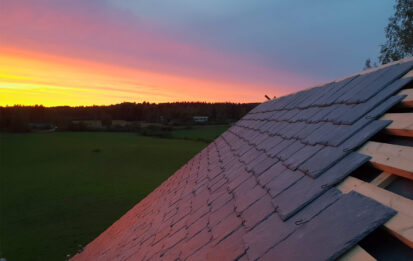
Phyllite for roofing Naturpiedra
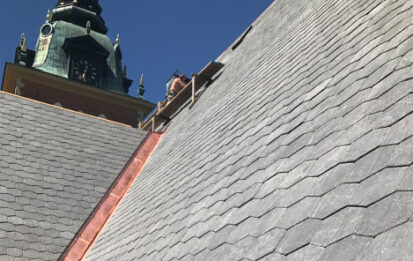
Phyllite for roofing Naturpiedra
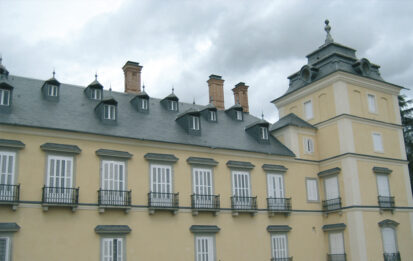
Phyllite for roofing Naturpiedra
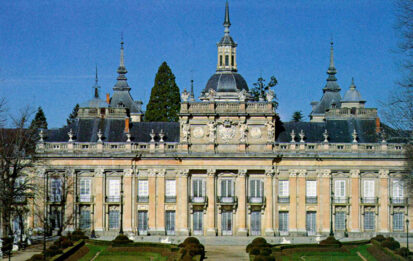
Phyllite for roofing Naturpiedra
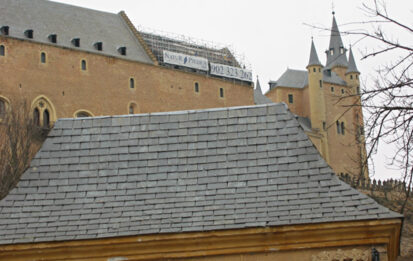
Phyllite for roofing Naturpiedra
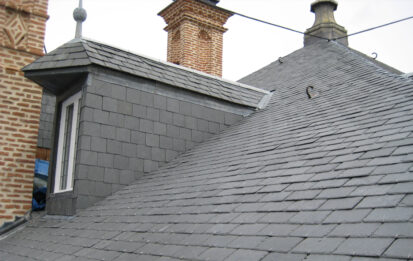
Phyllite for roofing Naturpiedra
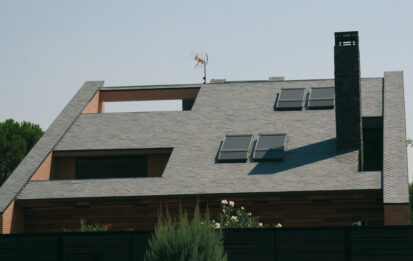
Phyllite for roofing Naturpiedra
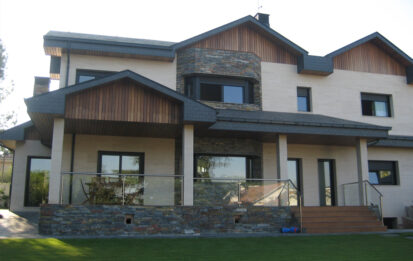
Multicolor Splits for Cladding Phyllite Naturpiedra, Veteada Limestone Naturpiedra, Black Slate for roofing Naturpiedra
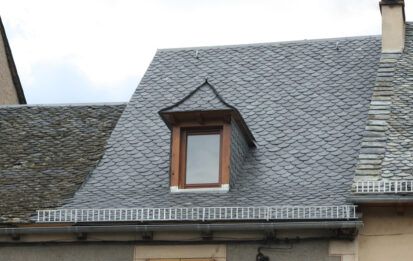
Phyllite for roofing Naturpiedra
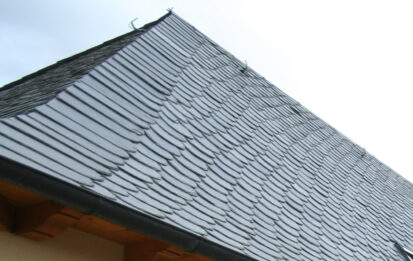
Phyllite for roofing Naturpiedra

Phyllite for roofing Naturpiedra
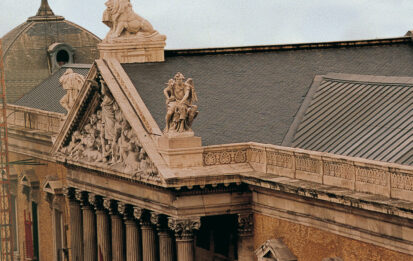
Phyllite for roofing Naturpiedra
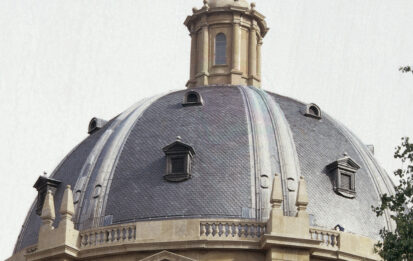
Phyllite for roofing Naturpiedra
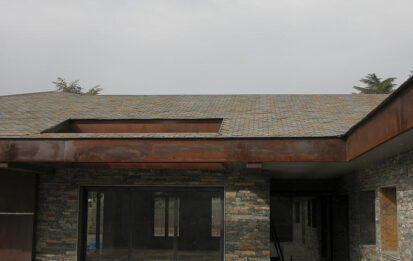
Multicolor Phyllite for roofing naturpiedra, Multicolor Splits for Cladding naturpiedra
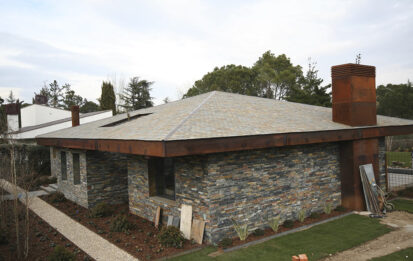
Multicolor Phyllite for roofing naturpiedra, Multicolor Splits for Cladding naturpiedra
Roofing
The external covering of pitched roofs can be made with different materials: ceramic tiles, concrete tiles, slate, metals (zinc, copper, lead…) are the most common.
One of the materials that performs best on a roof is slate, without forgetting its aesthetic contribution to the building. Slate has been used since ancient times in mountainous areas with harsh climatic conditions, where this material was found. With the improvement and perfection of extraction, it prospered as a material of choice in the most important constructions on the European continent, as can be seen in the current buildings of its Historical Heritage.
From the historical point of view, it was Philip II who, during his reign, decided to import the taste for this type of roofing, which he admired when he travelled as a prince through Italy, Germany, Belgium, the Netherlands and England. This was a period marked by the effervescence of work on royal buildings, mainly located between Segovia, Madrid and Toledo, where the Monastery of El Escorial stands out above all others. Its construction began in 1565 and its roof was made with slate from Bernardos (Segovia). This fact underlines the durability of this material, and its functionality is beyond any doubt.
An important aspect for the proper functioning of a slate roof is the support used. It is recommended to use both vertical and horizontal wooden battens, on which the slate is laid, mainly by means of stainless steel hooks. This system, with the placement of ventilation flaps in the panels, achieves air circulation that reduces the thermal incidence inside the building. Nowadays, new insulating materials are used, in the form of sheets or plates placed between the battens, which reinforce the already efficient traditional slate roof.
In addition, the slate can be cut with special scissors to fit any roof edge. Metallic elements are also used, such as pre-lacquered sheet metal, zinc, lead, copper, among others, for the singular areas of the roof such as ridge tiles, files, limahoyas, limatesas and other specific pieces to finish off the roof.
Naturpiedra has its own fitters of these types of materials for optimal placement on roofs.


